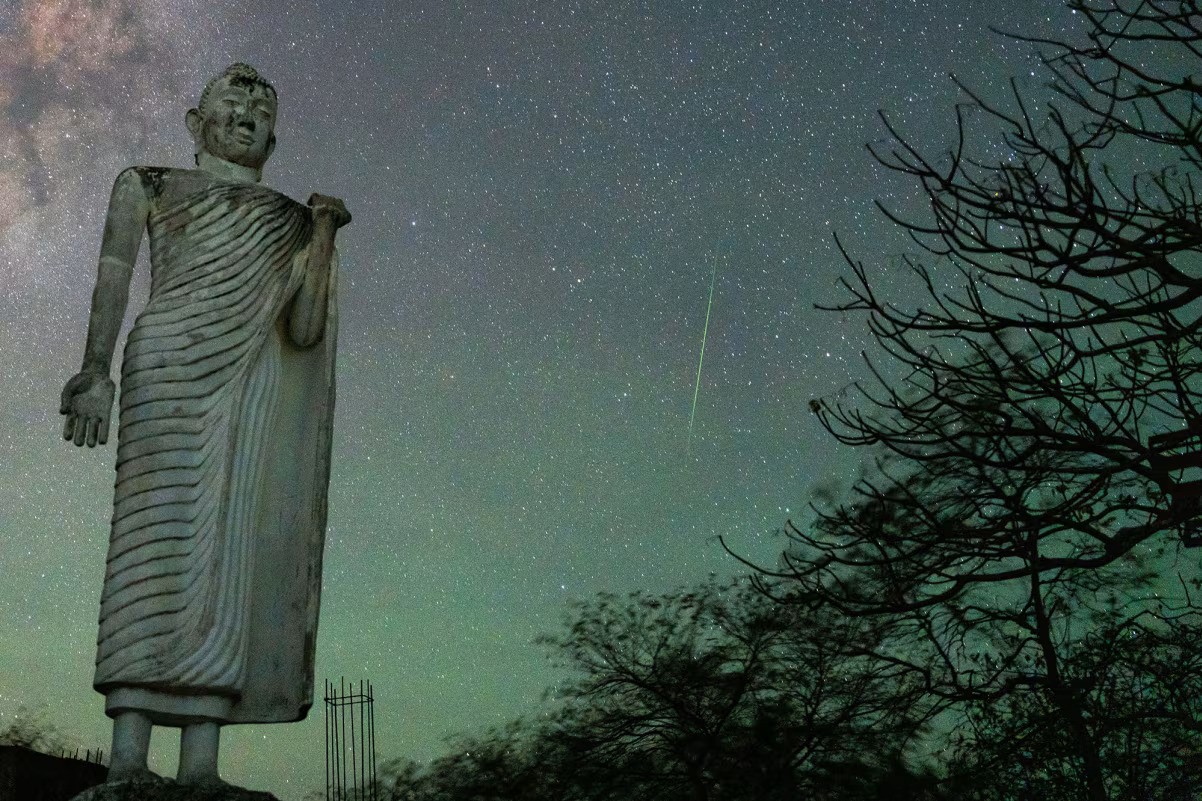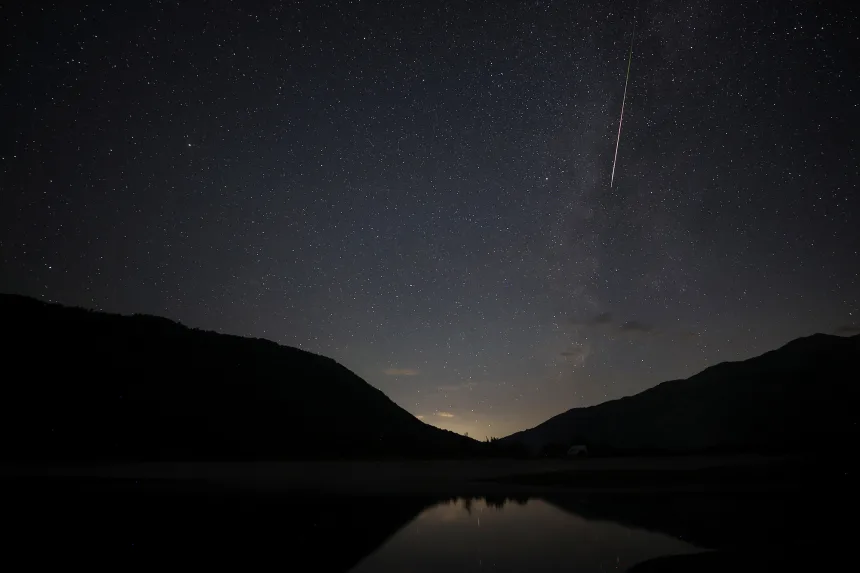How to See 2025’s Brightest Meteor Showers

How to see 2025’s brightest meteor showers? Skywatchers are in for a rare celestial treat this week as the Southern Delta Aquariids and Alpha Capricornids reach their peak, while the early Perseids begin to appear. With three active meteor showers overlapping, this is one of the best opportunities to witness dazzling fireballs and shooting stars lighting up the night sky.
What’s Happening in the Sky?
Alpha Capricornids have been seen producing bright fireballs, as large, glowing meteors that also usually leave glowing trains behind. The peak of the shower is predicted to be at 1 a.m. ET on Wednesday with meteors radiating from the constellation of Capricornus.
A few hours ago, the Southern Delta Aquariids will peak around 3 a.m. ET with even more showers of meteors, especially for those in the Southern Hemisphere. Those who live in the Northern Hemisphere, like in the United States and parts of Europe and Asia, can still see it well if they look towards the south.
Source: American Meteor Society
Best Time and Place to Watch

For optimal viewing:
- Travel to a dark place, such as away from street lights.
- Avoid leaning objects like trees and skyscrapers.
- The higher above sea level, the better.
- In the Northern Hemisphere, look low towards the southern horizon.
Although there is some minor variation among experts regarding the exact timing — Tuesday night through Wednesday morning versus Wednesday night through Thursday — the difference is minimal.
“Meteor shower maxima aren‘t precise to the hour. You‘ll still get good activity the preceding day or following day,” says Robert Lunsford of the American Meteor Society.
How Many Meteors Can You Expect?
- Alpha Capricornids: About 3 to 5 meteors per hour, often bright fireballs.
- Southern Delta Aquariids:
-
- Up to 10–15 meteors/hour in the Northern Hemisphere.
- Around 20–25 meteors/hour in the Southern Hemisphere.
You can also catch some early Perseids, which are already visible but won‘t reach their peak until August 12–13. As NASA states, it’s not uncommon for multiple showers to be active at the same time, but this week offers a unique chance to see meteors from three sources at once.
More info: NASA Meteoroid Environment Office
Where Do These Meteors Come From?
Each meteor shower is the result of Earth passing through debris left by comets:
- Alpha Capricornids: debris from Comet 169P/NEAT
- Southern Delta Aquariids: from Comet P2008/Y12
- Perseids: from Comet Swift-Tuttle
Interestingly, Earth’s orbit is slowly moving closer to the core debris stream of the Alpha Capricornids. NASA scientists predict that in about 200 years, this shower may become one of the most intense ever recorded — possibly over 1,000 meteors per hour.
Want to Help Astronomy? Report What You See
If you enjoy stargazing and want to contribute to science, you can log and report the number of meteors you observe to the following organizations:
Citizen reports help scientists better understand meteor activity patterns and validate satellite data.
Upcoming Meteor Showers (2025)
According to EarthSky and the American Meteor Society, here are the top showers to watch for the rest of the year:
| Meteor Shower | Peak Dates |
|---|---|
| Perseids | August 12–13 |
| Draconids | October 8–9 |
| Orionids | October 22–23 |
| Southern Taurids | November 3–4 |
| Northern Taurids | November 8–9 |
| Leonids | November 16–17 |
| Geminids | December 12–13 |
| Ursids | December 21–22 |
More details: EarthSky Meteor Calendar
Full Moon & Eclipses Left in 2025
Still curious about what’s ahead? Here’s what’s left for moon and eclipse watchers this year:
Remaining Full Moons:
- August 9 – Sturgeon Moon
- September 7 – Corn Moon
- October 6 – Harvest Moon (Supermoon)
- November 5 – Beaver Moon (Supermoon)
- December 4 – Cold Moon (Supermoon)
Eclipses:
- September 7–8: Total Lunar Eclipse — visible across Europe, Asia, Australia, Africa, Alaska, and parts of South America.
- September 21: Partial Solar Eclipse — visible from parts of Australia, the Pacific, and Antarctica.
Source: TimeandDate.com
Final Tips
- The best time to watch meteor showers is typically after midnight, when the sky is darkest and your location has rotated to face the incoming debris.
- Bring a blanket or reclining chair, and allow your eyes 15–20 minutes to adjust to the dark.
- Avoid checking your phone to keep your night vision sharp.
